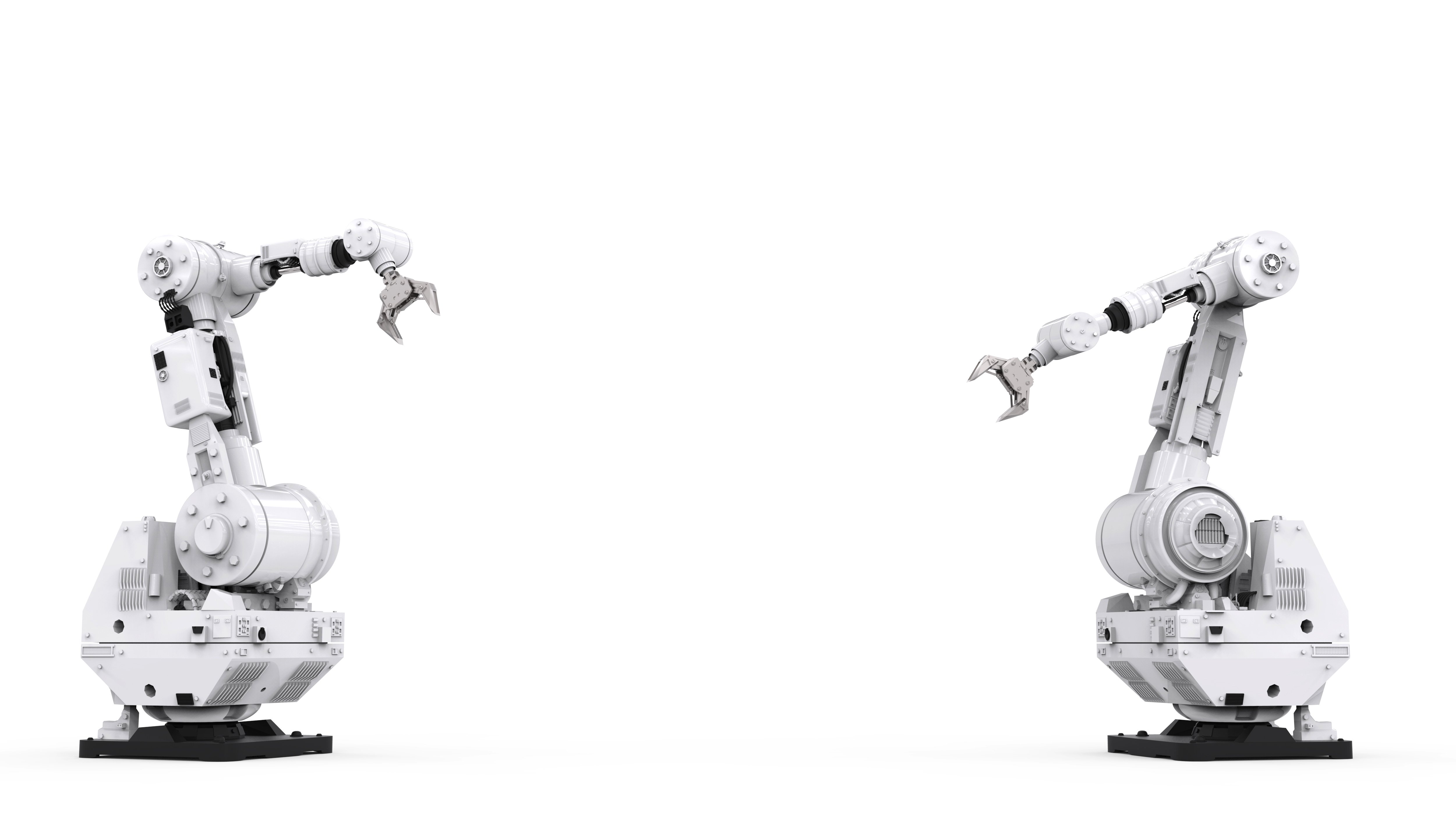In an era defined by technological advancements, the public sector is increasingly turning to innovative solutions to enhance efficiency and deliver better services to citizens. Robotic Process Automation (RPA) has emerged as a game-changer, offering the potential to streamline operations, reduce costs, and improve the overall effectiveness of public services.

Understanding Robotic Process Automation: Robotic Process Automation involves the use of software robots or 'bots' to automate repetitive and rule-based tasks, mimicking the actions of a human user interacting with digital systems. This technology is not about replacing human workers but rather empowering them by taking care of routine, time-consuming tasks, allowing public sector employees to focus on more complex and value-added activities.
Efficiency Gains in Administrative Tasks: The public sector is notorious for its bureaucratic processes, often involving a myriad of paperwork and repetitive administrative tasks. RPA presents a solution to this challenge by automating routine activities such as data entry, form processing, and invoice handling. This not only reduces the likelihood of errors but also frees up valuable human resources to concentrate on tasks that require critical thinking and decision-making.
Consider a scenario where a local council processes a high volume of applications for various permits. RPA can be employed to automatically extract relevant information from application forms, validate data against predefined rules, and update records, significantly accelerating the approval process. This not only expedites service delivery but also enhances citizen satisfaction.
Enhancing Citizen Services: Citizen-centric services are at the heart of public sector operations, and RPA can play a pivotal role in improving the overall experience for citizens. Automating customer queries, processing service requests, and managing appointments are just a few examples of how RPA can be deployed to provide timely and efficient services.
Moreover, RPA can facilitate seamless integration between different departments and systems, ensuring a unified and consistent experience for citizens. This interconnected approach allows public sector organisations to break down silos and provide more holistic solutions to citizen needs.
Cost Savings and Resource Optimization: Public sector organisations often operate with constrained budgets, making cost-effectiveness a crucial consideration. RPA offers an opportunity for significant cost savings by automating repetitive tasks that would otherwise require substantial human resources. The allocation of human capital to more strategic and complex tasks can lead to a more efficient use of resources and, in turn, contribute to long-term financial sustainability.
By automating financial processes, procurement, and HR tasks, the public sector can achieve a higher level of accuracy and compliance while reducing the burden on staff. This not only enhances the overall efficiency of operations but also ensures that public funds are utilised judiciously.
Challenges and Considerations: While the benefits of RPA in the public sector are evident, it is essential to acknowledge the challenges associated with its implementation. Security concerns, data privacy issues, and the potential resistance to change from employees are common hurdles that must be addressed. Additionally, the need for ongoing maintenance, monitoring, and updates to the RPA systems requires careful consideration to ensure long-term success.
Moreover, a thoughtful approach is needed to strike the right balance between automation and maintaining a human touch in public services. Certain tasks, especially those requiring empathy, nuanced decision-making, and interpersonal skills, may not be suitable for full automation. It is crucial to identify the appropriate areas for RPA implementation to maximise its benefits without compromising the quality of public services.
The Path Forward: As the public sector continues its journey towards digital transformation, the integration of RPA represents a significant step forward. By harnessing the power of automation, public organisations can create more agile, responsive, and citizen-focused services. The key lies in strategic planning, stakeholder engagement, and a commitment to addressing challenges proactively.
In conclusion, robotic process automation has the potential to revolutionise the public sector, bringing about efficiency gains, cost savings, and improved citizen services. As technology continues to evolve, embracing RPA in the public sector is not just a choice but a strategic imperative to build a more responsive and citizen-centric government. The future of public services is undoubtedly intertwined with the transformative capabilities of robotic process automation.



